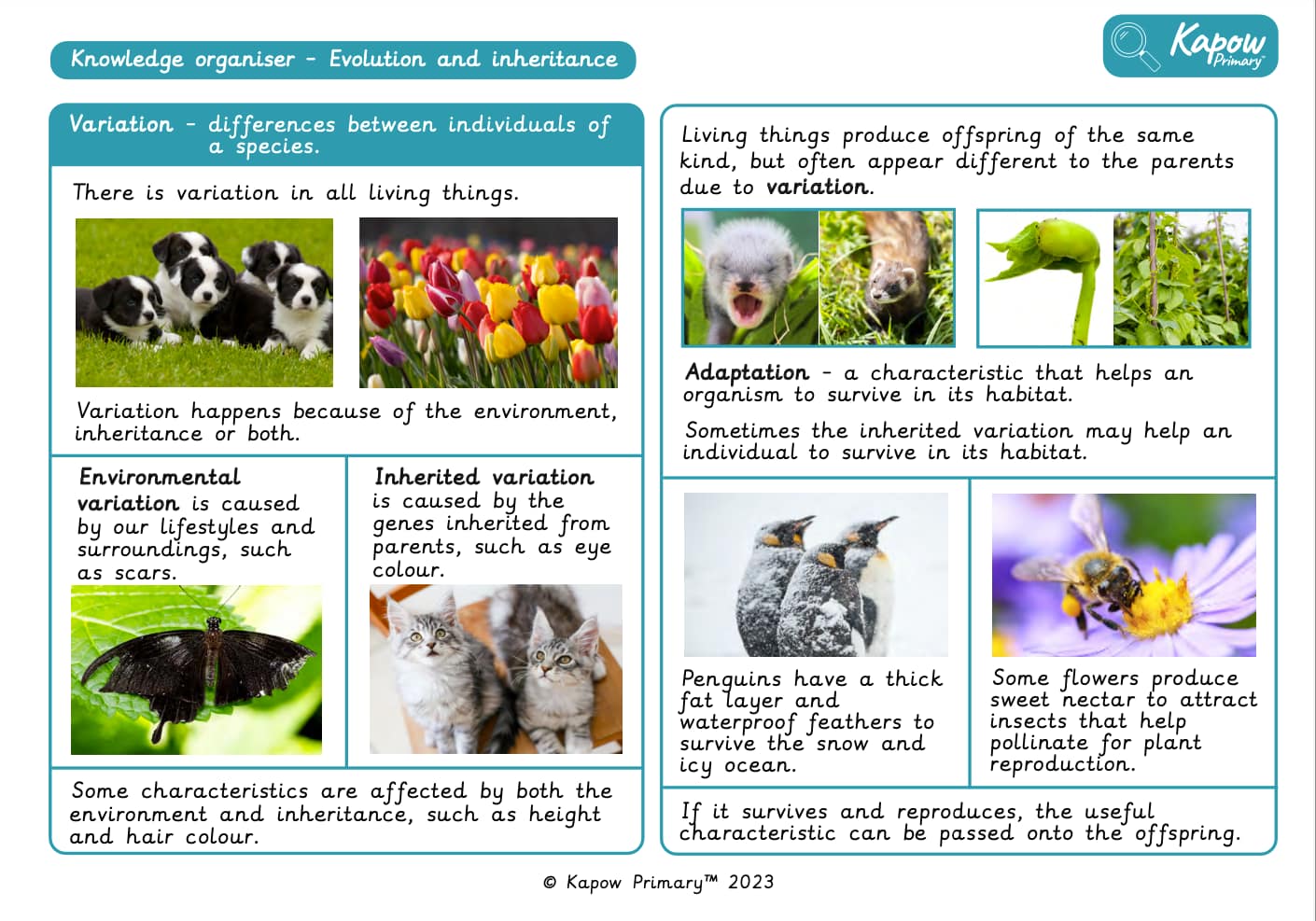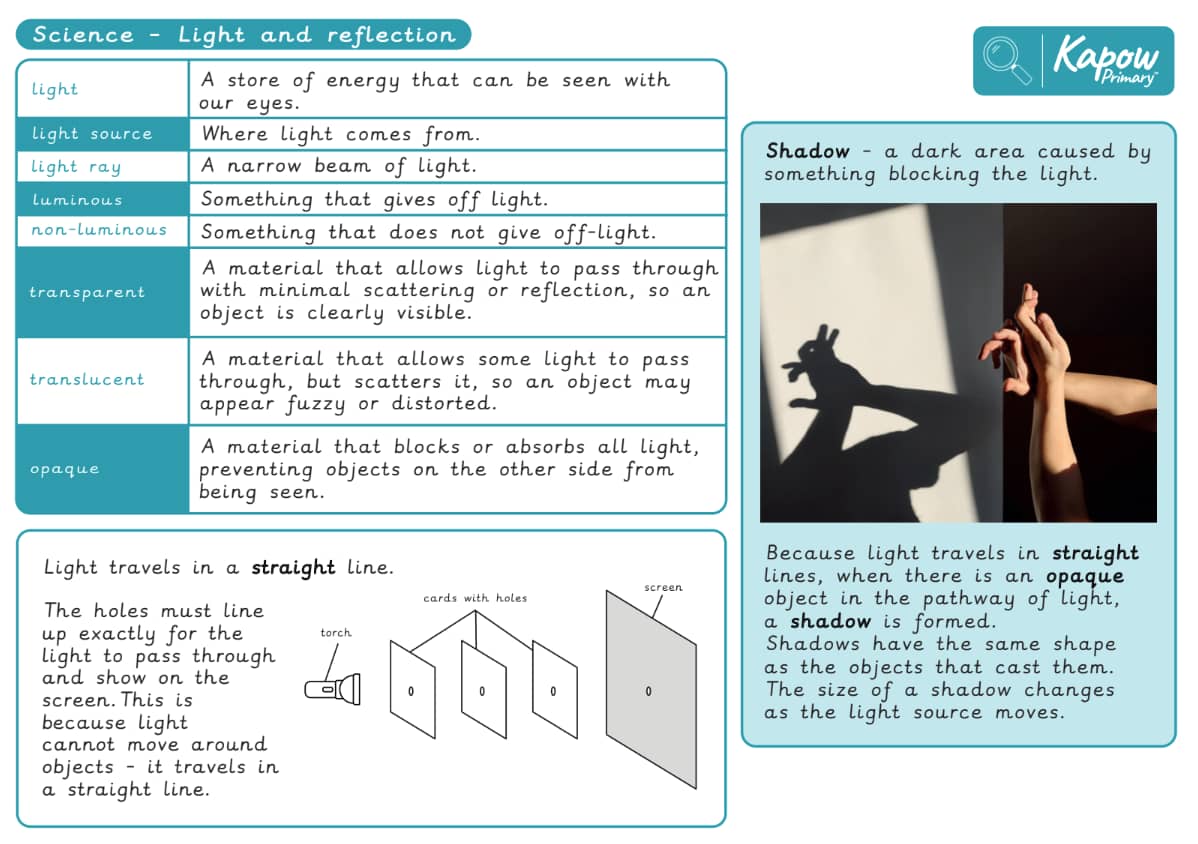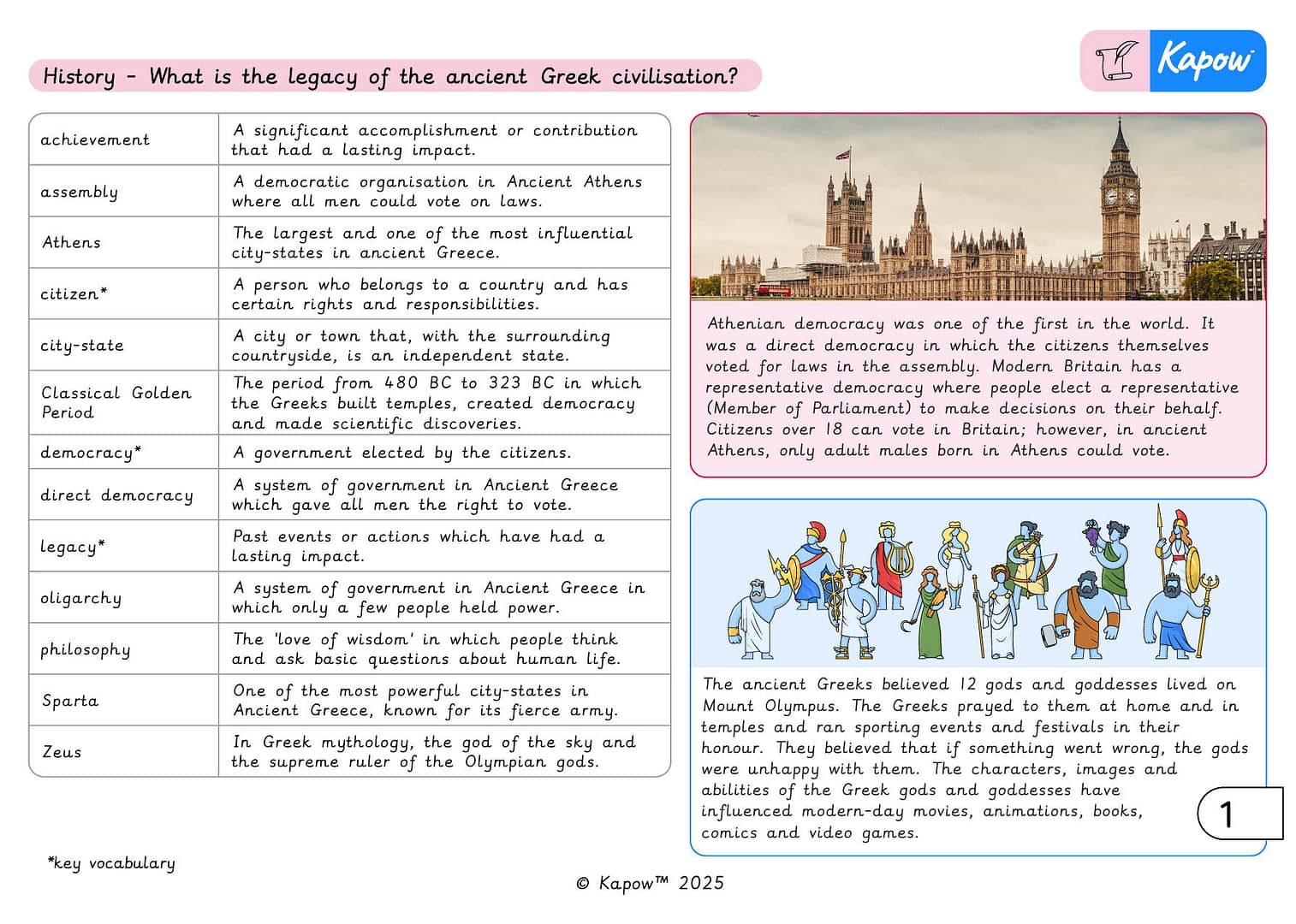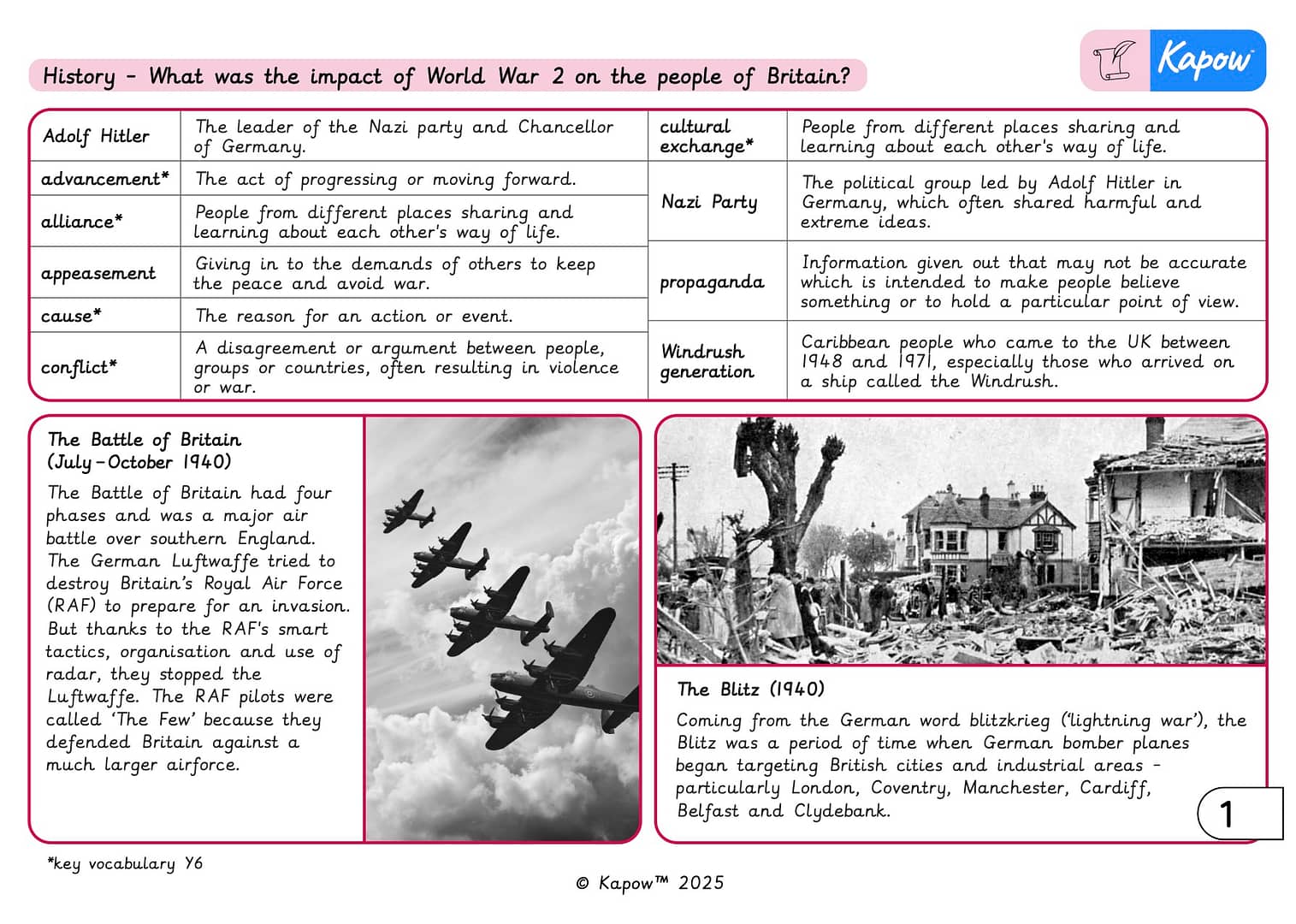
A Knowledge organiser that captures the essential knowledge and skills learnt throughout the unit History, Year 6, What was the impact of World War 2 on the people of Britain?
This resource is designed to support children as they explore the events of World War 2 and their impact on different people. It highlights key vocabulary and events like the Battle of Britain and the Blitz, what evacuation was like, women’s changing roles and the Windrush generation. It is perfect for consolidating essential knowledge and fostering cross-cultural understanding.
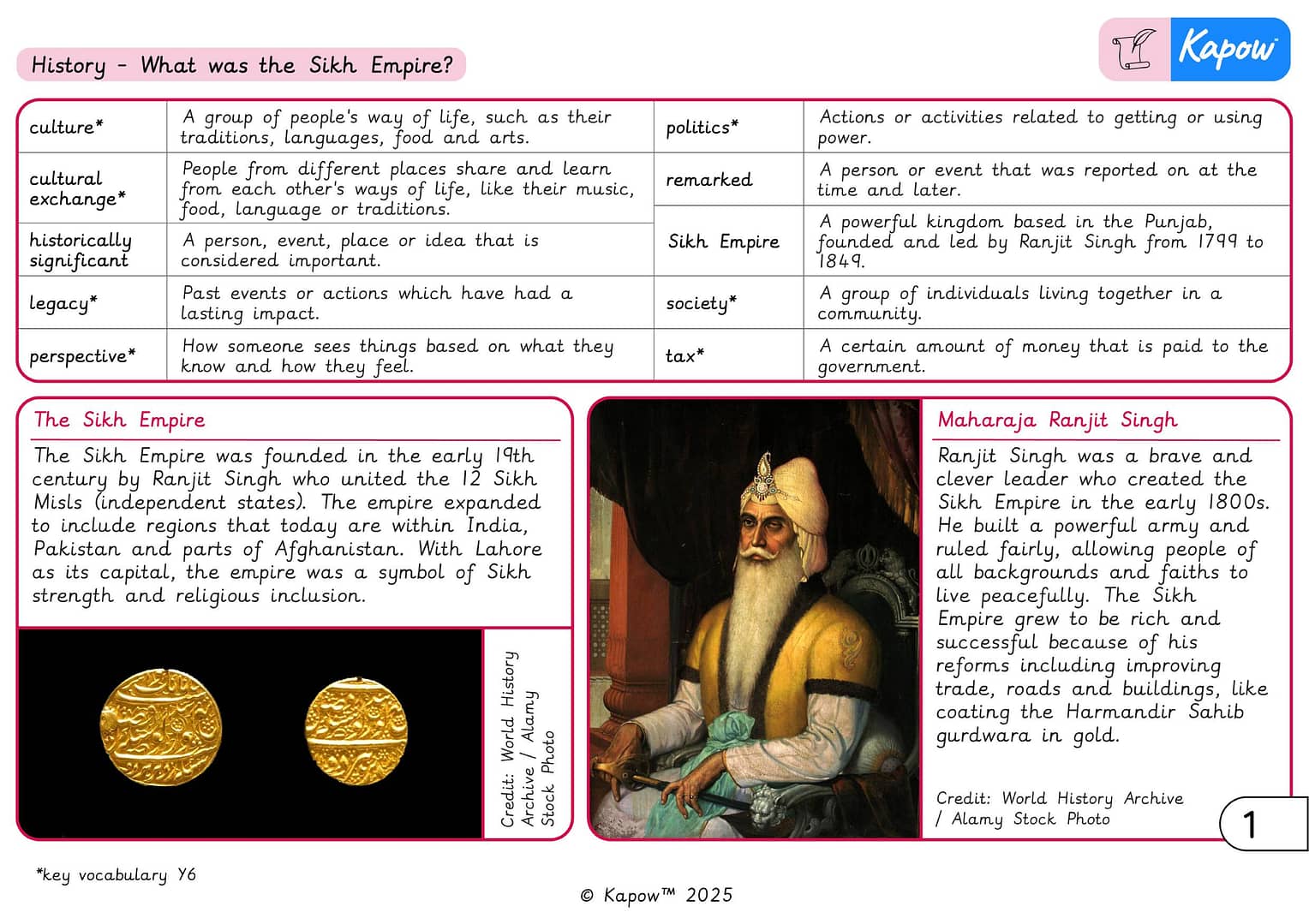
A Knowledge organiser that captures the essential knowledge and skills learnt throughout the unit History, Year 5/6 (B), What was the Sikh Empire?
This resource is designed to support children as they explore significant places and people in the Sikh Empire. It highlights key vocabulary, where the Punjab region was, why Lahore was significant to the Sikh Empire, who Maharaja Ranjit Singh was and what he achieved. It is perfect for consolidating essential knowledge and fostering cross-cultural understanding.

A Knowledge organiser that captures the essential knowledge and skills learnt throughout the unit History, Year 6, What was the Sikh Empire?
This resource is designed to support children as they explore significant places and people in the Sikh Empire. It highlights key vocabulary, where the Punjab region was, why Lahore was significant to the Sikh Empire, who Maharaja Ranjit Singh was and what he achieved. It is perfect for consolidating essential knowledge and fostering cross-cultural understanding.
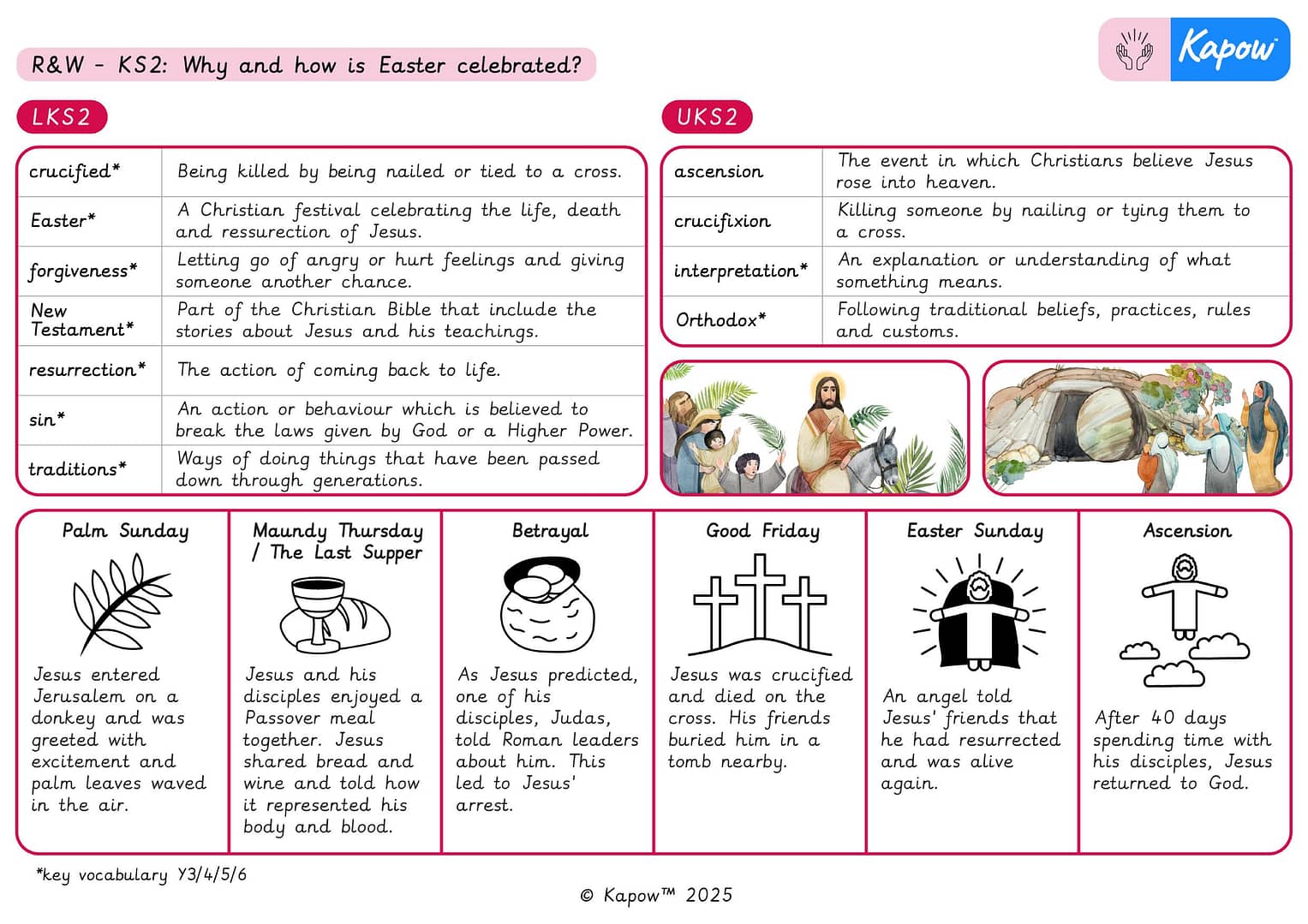
A Knowledge organiser that captures the essential knowledge and skills learnt throughout the whole school Easter collection Religion and worldviews, Why and how is Easter celebrated?.
This resource is designed to support KS2 children as they explore different aspects of Easter, including what Easter can teach about forgiveness, how Easter is celebrated around the world and why these celebrations are important for community and belonging.
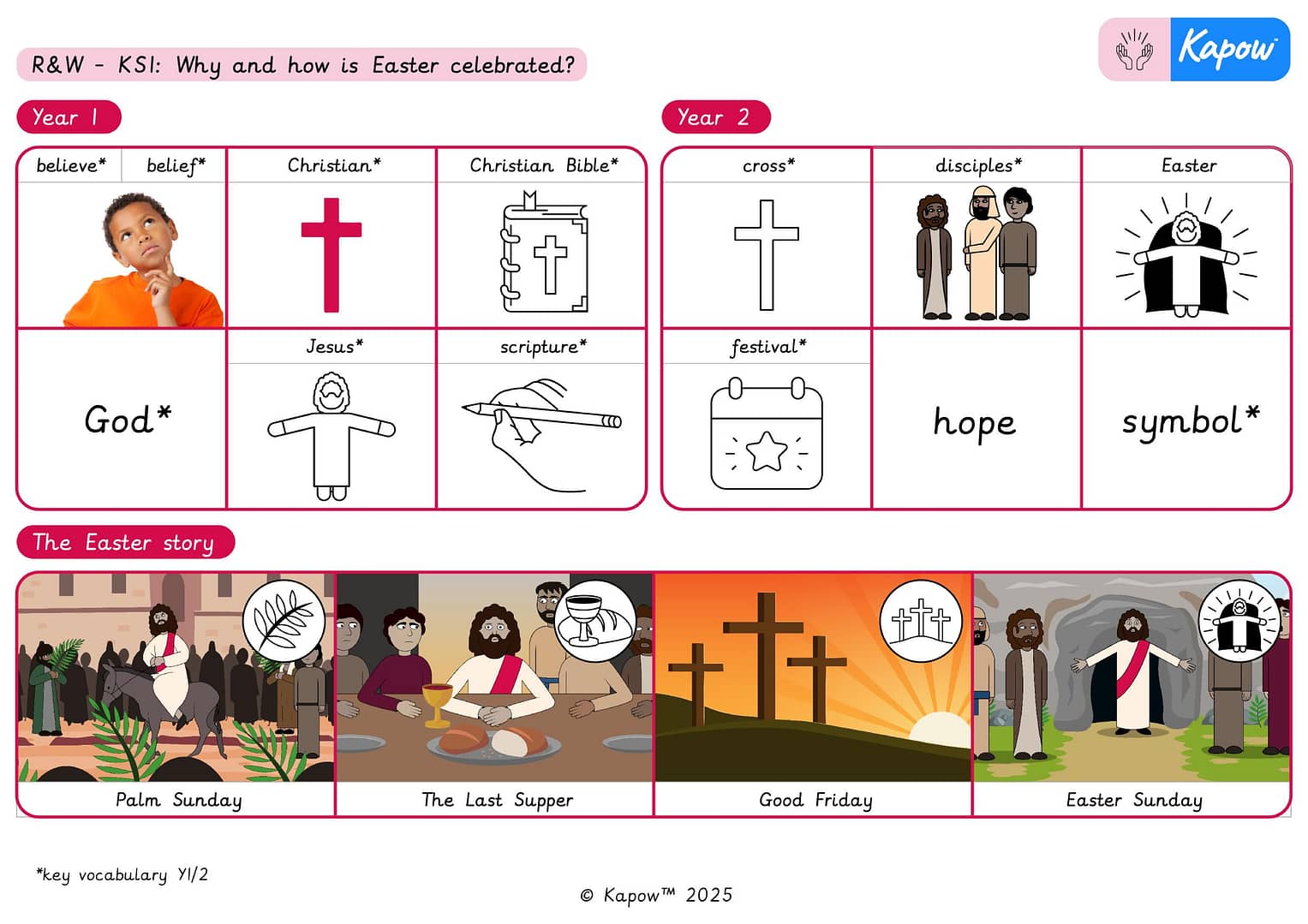
A Knowledge organiser that captures the essential knowledge and skills learnt throughout the whole school Easter collection Religion and worldviews, Why and how is Easter celebrated?.
This resource is designed to support KS1 children as they explore different aspects of Easter, including the events celebrated by many Christians at Easter, the symbolism of some Easter traditions and why Easter brings hope to some people.




